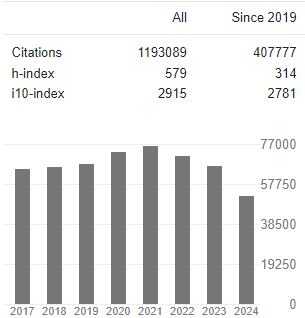An effect of digital rehabilitation on patients with total hip arthroplasty during the first-month hospital stay in China
Abstract
Xin Zhang, Chi Zhang, Zhean Zhang, Amanda Ferland, Hua Li, Yu Yang
Background and Objectives: The video-based physical therapy has shown the promising enhancements in rehabilitation from total hip arthroplasty in the past decade. However, the critical question was whether patients 50 years old and above in China could follow the instructions from mobile application well? This study attempted to answer this question.
Methods: One hundred twenty patients with total hip arthroplasty participated in this study. They are randomly assigned into two groups: digital physical therapy (DPT) and conventional physical therapy (CPT) group. These two groups received similar exercise/balance interventions based on but not limited to the suggestions from the American Academy of Orthopedic Surgery in the first-month hospital stay. Five measures were used as follows: Lower Extremities Functional Score, Harris Hip Score, Ten-meter walking test, Timed-Up & Go, and Berg Balance Scale.
Results: Compared to CPT group, DPT group demonstrated similar or even better performance in the abovementioned measure, specifically in Berg Balance Scale (p = 0.005).
Conclusions: The results clearly showed that DPT was a feasible rehabilitation for future home- based rehabilitation for patients with total hip arthroplasty. Furthermore, our results also demonstrated that the DPT might be more effective than CPT in China due to the unlimited training opportunities after THA. In addition, it would be worthwhile to investigate the cost- effectiveness of this DPT





